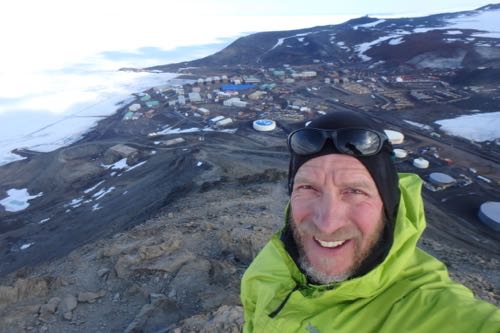
Weather

Menu

Episode 3 of "Meet The Scientist" will feature Dr. Thomas Powers, who we have gotten to know as "Topper"
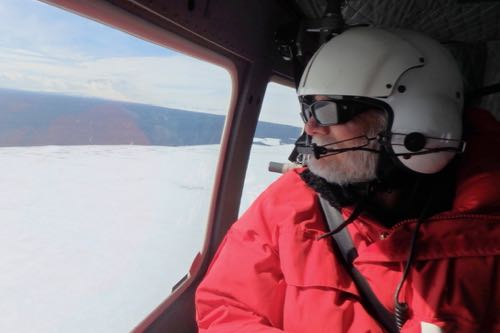
Hi, I’m Tom or “Topper” as my former student Byron calls me. I’ve been studying nematodes for 44 years. This is the first time I’ve studied nematodes in Antarctica. And I have to say, I’m stunned at the abundance of life you find in these seemingly lifeless soils. Back home if I saw habitat like what we’ve seen in the McMurdo Dry Valleys, I wouldn’t consider taking a sample.
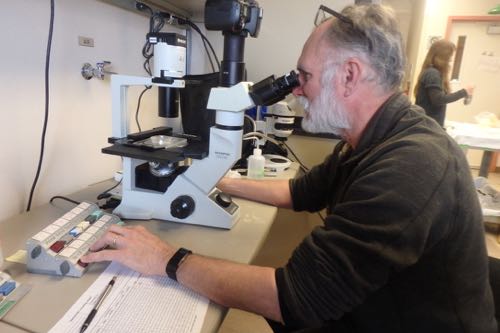
Home for me is Lincoln, Nebraska where I’m a Professor of Plant Pathology at the University of Nebraska. Most of my research involves developing DNA-based methods for identifying nematodes. The nematodes I usually focus on are plant or animal parasites, those that cause damage to plants or infect insects. Some of those nematodes are so damaging that many countries, including the US, have laws prohibiting the movement of agricultural commodities that come from areas known to have those species of nematodes. DNA techniques are the most accurate methods to detect and identify those regulated nematode species.
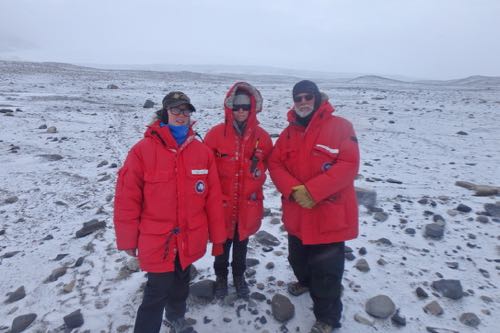
Another question that has always intrigued me was, why are different nematodes distributed where they are on earth? What patterns of distribution exist and what formed those patterns? Biology textbooks will tell you that nematodes are the most abundant multicellular animals on the planet. An early Nematologist stated that if you removed all the matter on earth except nematodes, you would still see all the features of earth, including the plants and animals that would be identifiable by their nematode parasites. In modern terms, you might say that we can possibly provide a unique DNA fingerprint for anywhere on earth based on the community of microscopic nematodes. That is certainly true for Antarctica. Nowhere else on earth will you see this community of nematodes. That is cool!
Now, meet our favorite McMurdo resident...Peter. He's our Adélie penguin friend
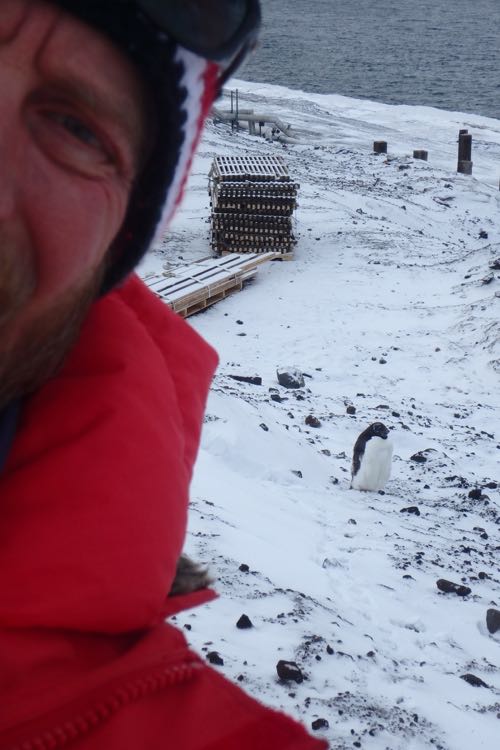
I was a few minutes late for church today because just behind our chapel was Peter. He and I visited for a short while before I went in for services. He and I also visited after my run on the Observation Hill Loop Trail.
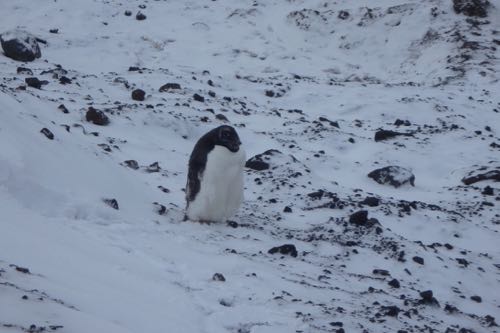


Comments